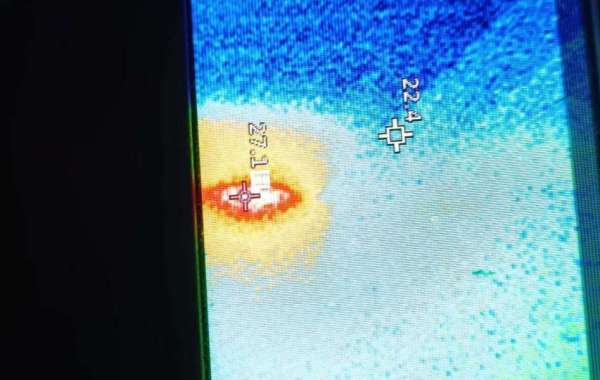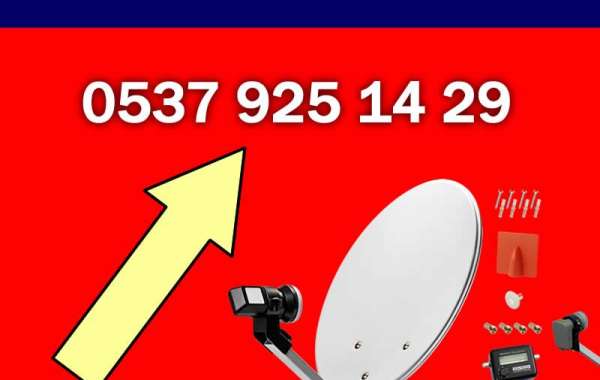PoE stands for Power over Ethernet, a technology that allows network cables to carry electrical power in addition to data. PoE is standardized under IEEE 802.3af (PoE) and IEEE 802.3at (PoE+), and newer standards like 802.3bt (PoE++) support higher power delivery.
Key Benefits of PoE:
Single-cable solution: Delivers both power and data, reducing installation costs and clutter.
Flexibility: Devices can be installed in locations without nearby power outlets.
Centralized power management: Easily reset or monitor devices from the network switch.
Safety: Built-in overload and short-circuit protection.
Why PoE is Ideal for Smart Home Control Panels
Simplified Installation
PoE allows smart panels to be installed anywhere with an Ethernet connection, eliminating the need for additional electrical wiring.
Reliable Power Delivery
PoE provides stable voltage and current, ensuring panels run reliably 24/7 without power fluctuations.
Support for Advanced Features
Panels can handle larger touchscreens, Wi-Fi modules, and cameras without separate power adapters.
Integration with Network Systems
PoE-enabled panels can connect directly to home automation servers, routers, or switches, improving communication reliability.
What is the Best Linux Distribution for Home Automation?
What is the Best Linux OS for Home Assistant?
PoE in Your Smart Home
What are the Top Home Automation Brands in the UK?
Which Is the Best Brand for Smart Home Automation?
How to Choose the Right Home Automation
What Is Home Automation and How Does It Work?
What is the Use of IoT in Smart Homes?
What is a Smart Home and What Are the Benefits?
Which Smart Home System is the Perfect One for Me?
What is Loxone Smart Home?
Loxone Smart Home System and Its Perfect Integration with Portworld Control Panels
What is the Best Visualisation Software for KNX Smart Homes?
Which Are the Best Smart Home Automation Products in the World?
What Are the Benefits of OEM Smart Home Control Panels?
What is KNX in Home Automation?






